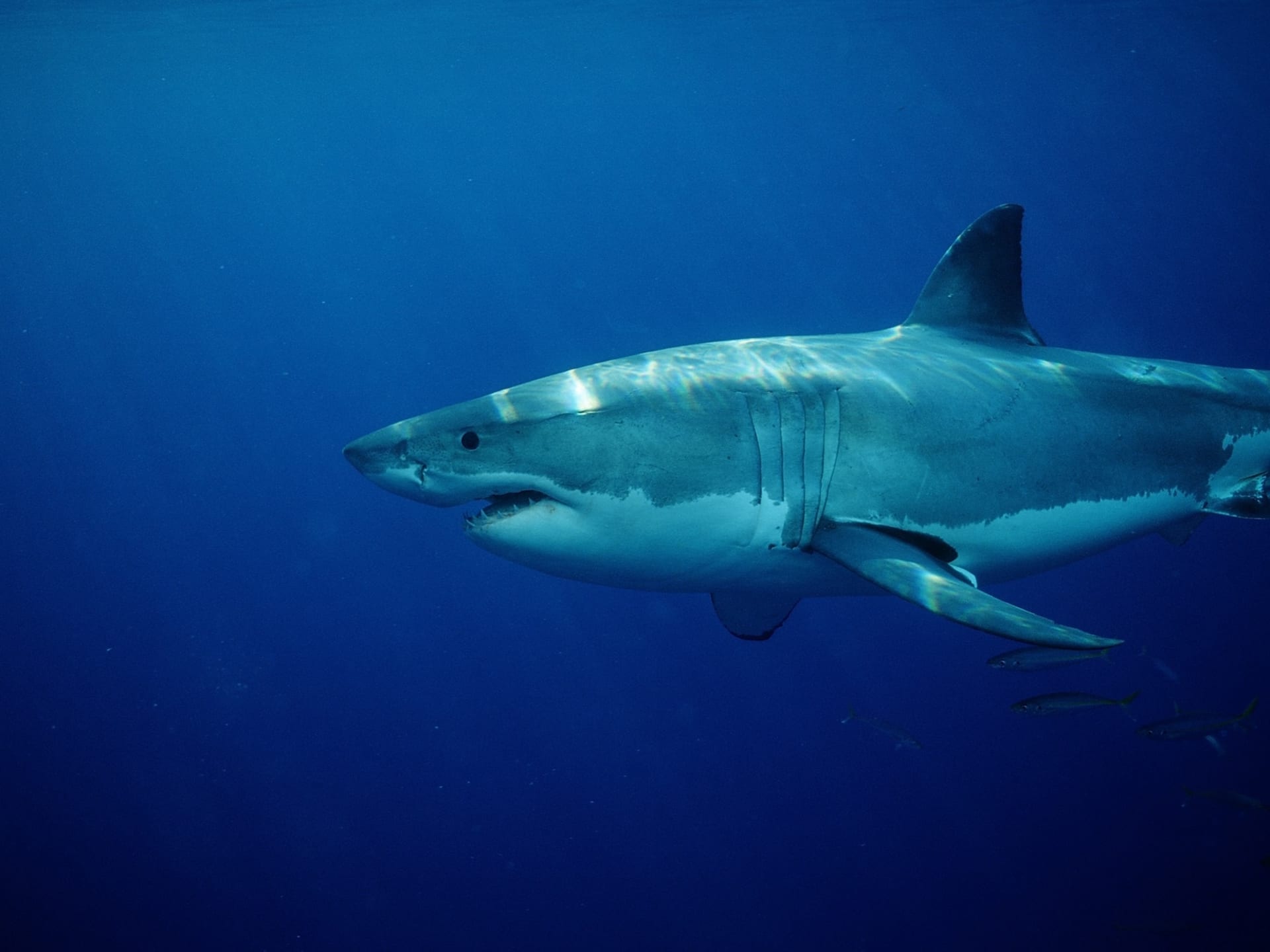
Why South Australia’s Shark Attacks Are Increasing, According to Scientists
A troubling rise in shark attacks along South Australia’s coastline has raised alarm among residents and marine experts. The latest incident occurred last week at Port Noarlunga, where an older swimmer, estimated to be in his 60s, was seriously injured after a shark bit him on the thigh. He was treated at the scene and rushed to the hospital, where he remains in critical condition.
This is just one in a series of shark encounters that have occurred recently—part of a larger trend that has seen more sharks behaving aggressively and unpredictably in the region. While South Australia has always been known for its shark activity, officials now suggest that recent developments are different and potentially more dangerous.
According to the state’s Deputy Premier and Environment Minister, one significant factor behind the surge may be a massive, toxic algal bloom currently impacting local waters. This bloom, roughly the size of Kangaroo Island, is believed to be disrupting marine life and affecting shark behavior. The algal bloom is harmful and has the potential to cause neurological distress in marine animals, which could explain why sharks are appearing in greater numbers near metropolitan beaches and showing signs of confusion and aggression.
Several unusual shark sightings have supported this theory. In one case, a 10-foot great white shark became stranded in shallow waters. Locals stepped in to help, using their hands to guide the animal back to deeper water. Witnesses noted the shark appeared disoriented, likely a symptom of the environmental stress. In another recent case, a similar-sized shark beached itself and sadly could not be saved. Onlookers described the shark’s behavior as erratic and sickly, reinforcing concerns that something is seriously wrong beneath the waves.
Beyond these sightings, there have been deadly attacks. In early 2025, a 28-year-old surfer named Lance Appleby was attacked and presumed killed while surfing at Granites Beach on the Eyre Peninsula. His body was never recovered, and authorities later confirmed that he had likely been consumed by the shark. The year before, a 15-year-old surfer, Khai Cowley, lost his life to a shark while surfing at Ethel Beach.
Altogether, the pattern points to a sharp and concerning shift in the behavior of marine predators off South Australia’s coast. The ongoing presence of the toxic algal bloom could be disrupting the ecological balance, leading to increased shark activity in human-populated waters. As conditions evolve, beachgoers and surfers are being urged to remain cautious, as the region becomes increasingly hazardous.